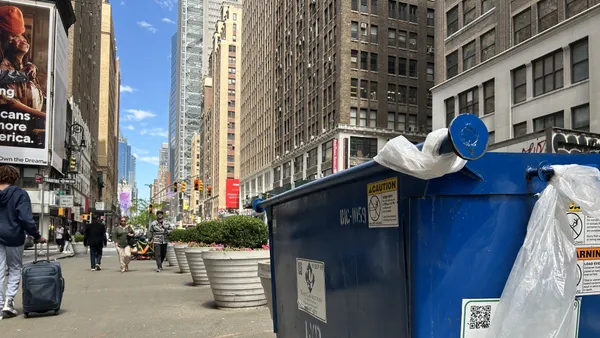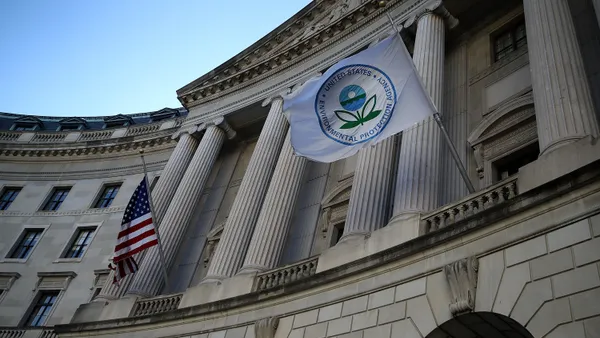A federal appeals court July 29 reversed orders in an infamous joint employment case, Browning-Ferris, remanding it to the National Labor Relations Board.
The original case stems from an instance when temporary workers at a Republic Services MRF in Milpitas, California, voted in favor of organizing with Teamsters Local 350 in 2015, but it has since taken on much larger implications. Browning-Ferris is a subsidiary of Republic.
The dispute has spanned three presidential administrations and shifted the joint-employment landscape with respect to National Labor Relations Act compliance and liability. The initial ruling established a standard that expanded the definition of “joint employer” to companies with indirect control over workers. It was temporarily replaced, but later put back into effect.
The U.S. Circuit Court of Appeals for the D.C. Circuit has been involved in reviewing the standard for years and Friday held that NLRB improperly applied its standard to conclude that the employer in the case, the waste management company, didn’t have to bargain with workers supplied by a staffing company; it largely concluded that the board failed to properly explain its reasoning for that outcome.
For other employers, “[w]hile the ultimate disposition of the Browning-Ferris case is meaningful, a new joint employer rulemaking would present much more risk for the employer community,” according to Kurt G. Larkin, partner at Hunton Andrews Kurth LLP.
And such a rulemaking is in the works, according to NLRB. The agency missed two self-imposed deadlines for proposing regulations this year — once in February and again in July — but delays are not unusual for rulemakings.
Employers can generally expect an employee-friendly rule that would formalize a lower bar for joint employment, according to Larkin. “The likely focus of rulemaking would be to align the board’s joint employer rules with the original Browning-Ferris decision,” he said via email; “That would return us to square one, again upending decades of precedent and twisting typical arm’s-length business relationships into evidence of joint employer status.”
Cole Rosengren contributed to this story.











